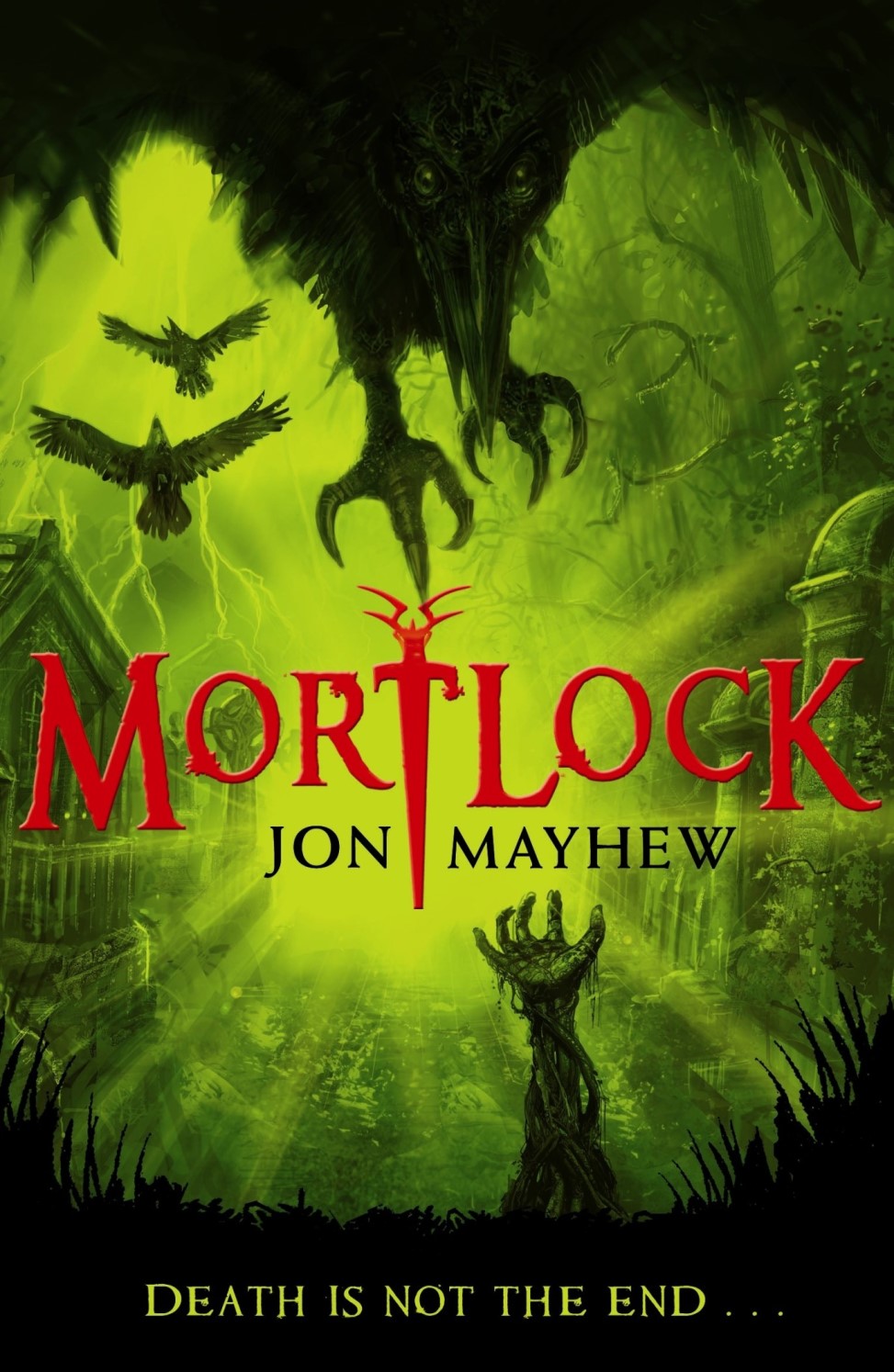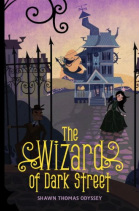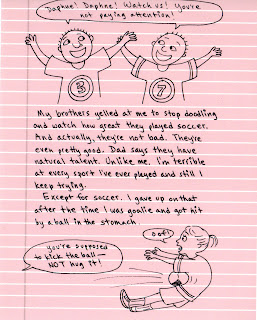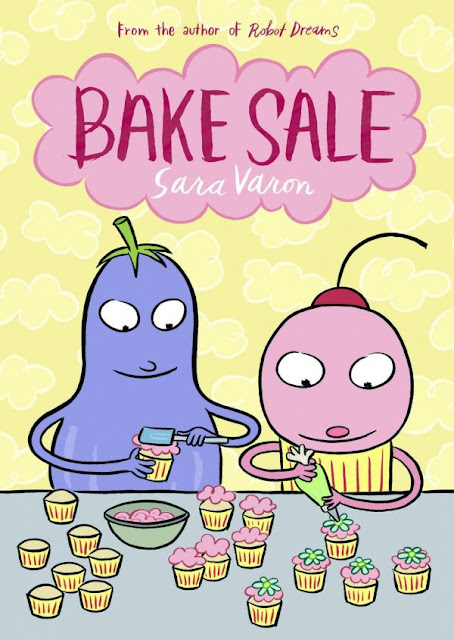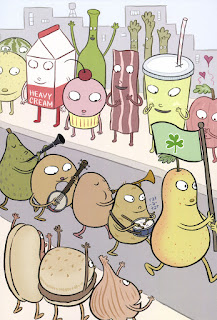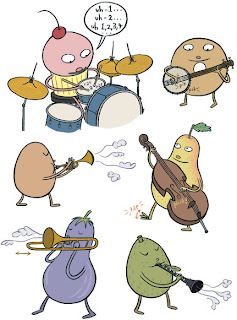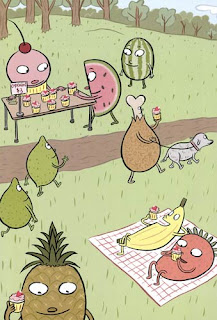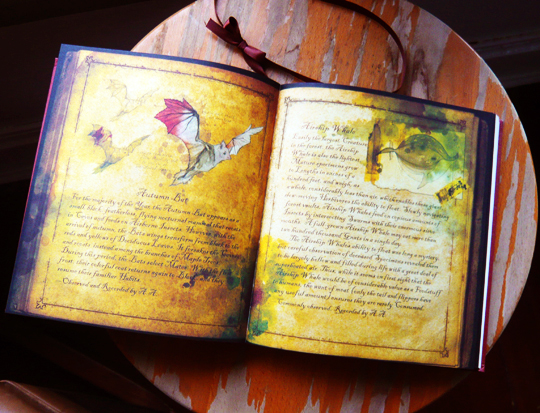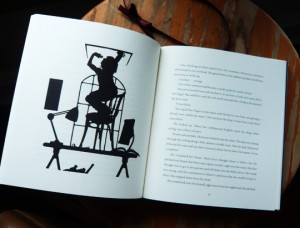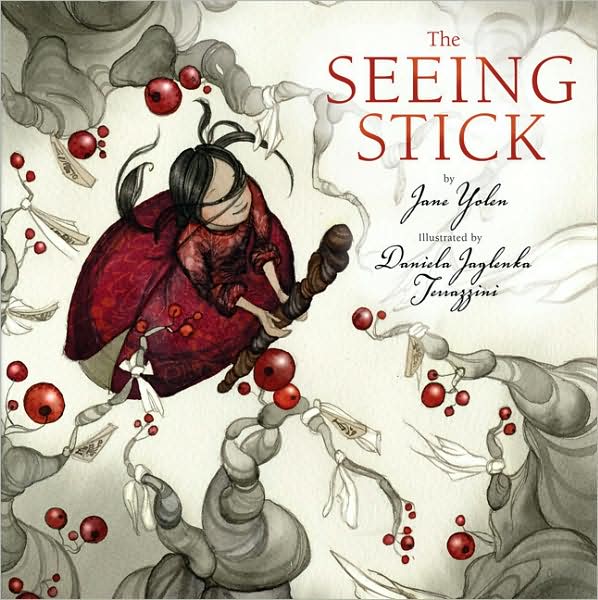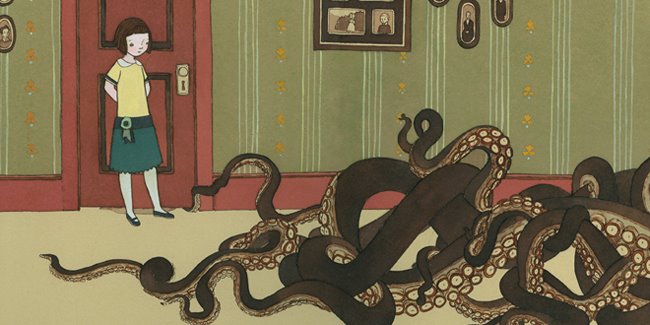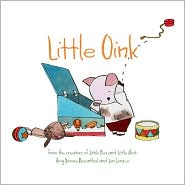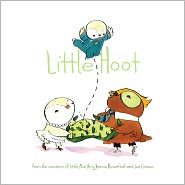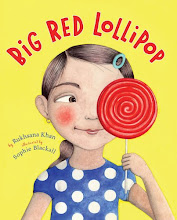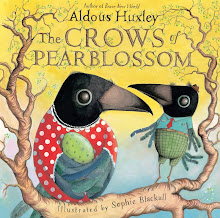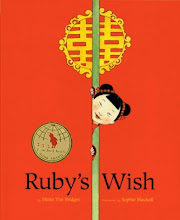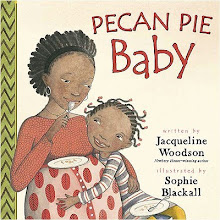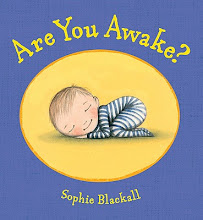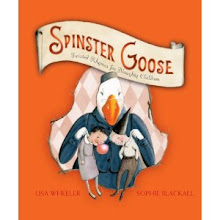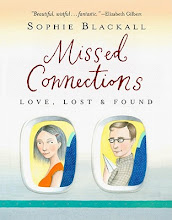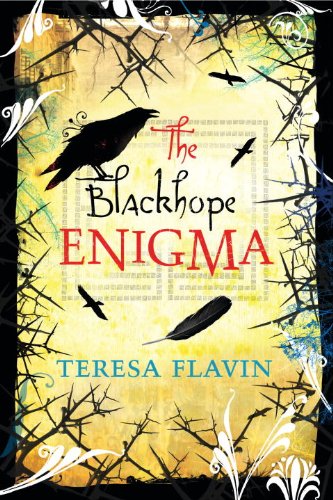
"An old castle, a strange painting and a mysterious labyrinth" is the tagline for Teresa Flavin's debut novel The Blackhope Enigma, and this unique combination does not disappoint. A swift moving tale, the story beings with a prologue set in Venice, 1582, that introduces us to the sought after painter, poet, swordsman and designer, Fausto Corvo. It seems that Corvo, through much study and hard work has learned how to harness the planetary powers to Earth and "infuse his paintings with life." However, through the bragging of one of his apprentices, Corvo's secret skills have become public knowledge and rich and powerful men are after him. Along with his three apprentices, Corvo and his three magical paintings scatter to the four winds, leaving four centuries worth of scoundrels in his wake all searching for the paintings and their hidden powers.
In present day Scotland, fourteen year old Sunniva (Sunni) Forrest is in the Mariner's Chamber of Blackhope Tower, ancestral home of Sir Innes Blackhope, nautical explorer and art collector. Sunni is seated in front of Fausto Corvo's The Mariner's Return to Arcadia, 1582, sketching details from the painting into her sketchbook for a school assignment. Her stepmother has insisted she bring along her twelve year old step-brother Dean, in an attempt to pry him away from his video games. On top of Dean's annoying presence, Sunni's new classmate, the American and talented artist, Blaise Doran, shows up and starts talking about the occasional skeleton that has mysteriously appeared in the Mariner's Chamber. Before Sunni and Blaise can sort out their differences, Dean has begun walking the four-quartered labyrinth that is laid into the floor of the room in black tile, muttering the word chiaroscuro, which he read off the information card below the painting. By the time Dean reaches the last quadrant of the labyrinth, Sunni looks up from her sketchbook to see a glow emanating from the painting and her step-brother gone. Blaise and Sunni search for Dean, but both know there is no way he could have left the small room without their noticing. Instinctively, Sunni begins to search the landscape of the painting, a port in which Sir Innes' ship, the Speranza Nera, has docked. Amidst the crowds on the quayside, Sunni spots Dean's red cap and puffy snow jacket. Thinking she has no other choice, Sunni prepares to enter the painting as well, insisting that Blaise stay behind and the adventure begins.
As Dean, Sunni and eventually Blaise make their way into the painting the mysteries within are revealed. Hot on their trail is Angus Bell, cousin of the kids' art teacher Lorimer Bell. It turns out that the two have been fascinated with Blackhope Tower and Corvo's paintings since they were kids and have spent much of their lives trying to unravel the secrets that Corvo imbued his work with as well as find any of the three missing paintings. Angus blackmails Lorimer to keep his mouth shut then uses brute force to make his way into the Mariner's Chamber and the painting. While the surface of the painting, that which is seen by viewers of the work, seems to be a dead world to those who enter it, a journey towards the back of the landscape reveals a thin, white portal that leads to another painting below. It seems Corvo covered his magical painting in jesso then painted another on top of it. The white portal is a passageway across the jesso to an opening to the magical painting below. The kids soon learn that Sir Innes commissioned the painting with its magical underworld as a sort of adventure playground that he could visit and entertain himself with swashbuckling exploits when life on land proved dull.
What the kids find in Arcadia and what they have to evade and overcome as they try to find their way out is exciting and intriguing. Flavin works in magical elements that add to the chase. Her descriptions of Corvo are well written and make the painter feel like a three dimensional character, as do her passages that describe the painting and the world beneath the painting. The combination of a Renaissance painting, a magical world and a centuries old mystery make for a great book. While Flavin could have written another hundred pages into this story, which takes off running on page one, I appreciated the quick pace and relative brevity of the book. At 288 pages it was a complete meal without being the seven course dinner that so many fantasy books for kids seem to be these days. The adventures of Sunni and Blaise continue in The Crimson Shard, of which there is a chapter at the end of The Blackhope Enigma. Can't wait for it to reach our shores!

As I read The Blackhope Enigma, I imagined the Venetian Renaissance painter Fausto Corvo's work might have resembled that of the real painter, Canaletto, who was born in Venice in 1697 and died in 1768.


